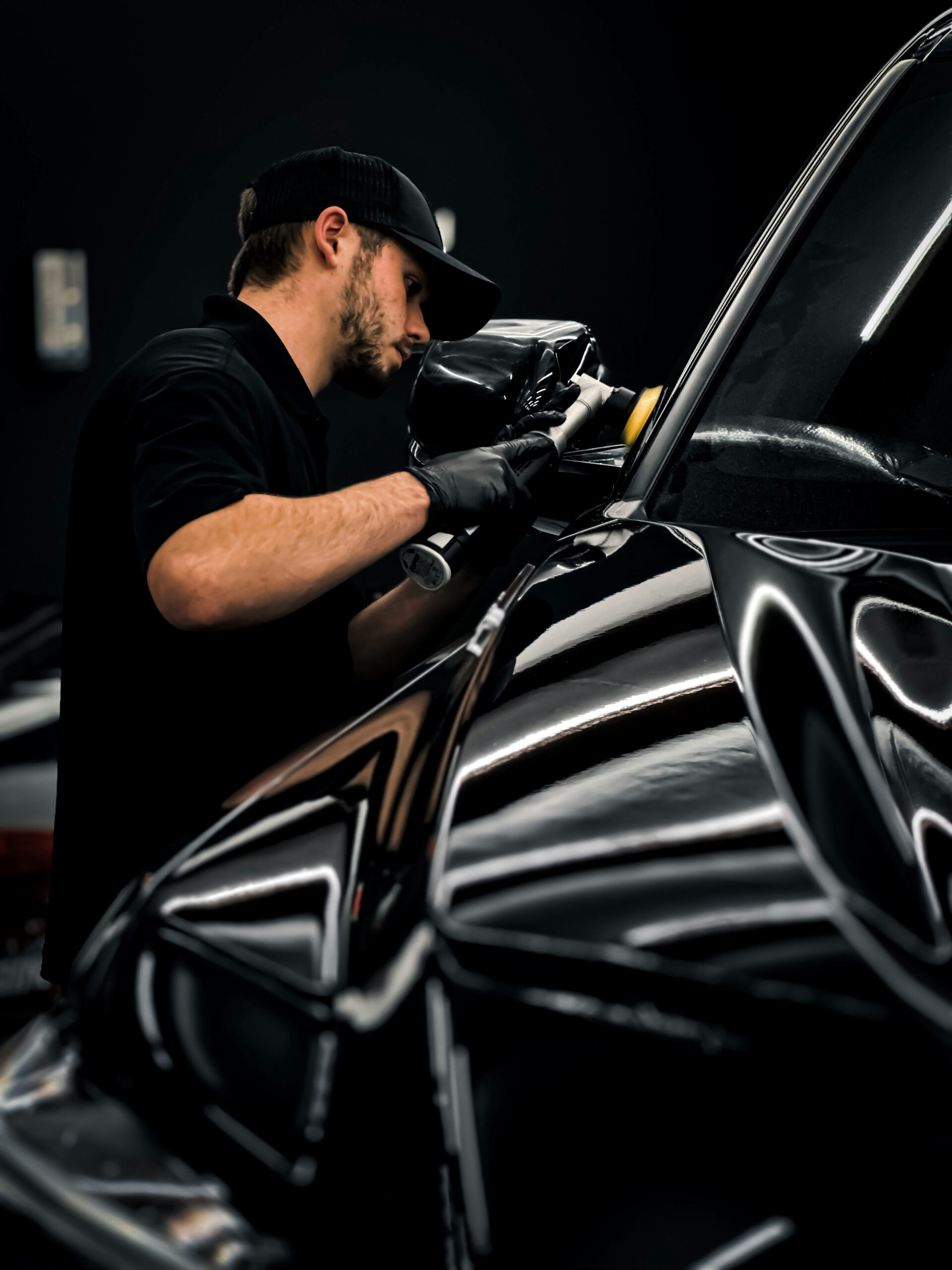Imagine a world where your car shines like new, even after months of exposure to the elements. A place where dirt, grime, and harsh weather can’t dull your vehicle’s finish. Enter ceramic coating—a revolutionary solution that not only enhances your car’s appearance but also offers long-lasting protection against the rigors of daily driving.
Ceramic coatings have taken the automotive care industry by storm. They provide an advanced layer of defense that traditional waxes and sealants simply cannot match. If you’ve ever wondered how some cars always look showroom-ready, you might be surprised to learn that it’s often thanks to this cutting-edge technology.
In this blog post, we’ll explore what makes ceramic coatings so special and why they should be on every car owner’s radar. From their incredible benefits to how they work, we’ll cover everything you need to know about effortless maintenance for your prized possession. Get ready to unlock secrets that will keep your vehicle looking pristine for years!
Benefits of Ceramic Coating for Your Vehicle
ceramic coating services offer remarkable benefits for vehicle owners. It creates a strong, protective layer on your car’s surface that shields it from dirt, UV rays, and harsh environmental elements.
One of the standout advantages is its hydrophobic properties. Water beads up and rolls off easily, making it tougher for grime to stick. This means less frequent washing and effortless cleaning.
Another benefit is enhanced gloss and shine. Ceramic coatings elevate your vehicle’s appearance by providing a deep, glossy finish that lasts longer than traditional wax or sealants.
Additionally, ceramic coatings help preserve paint integrity over time. They guard against scratches and swirl marks commonly caused by everyday wear and tear.
For those looking to maintain their vehicle’s value, this protection can be invaluable. Investing in ceramic coating translates into long-term savings while keeping your ride looking brand new.
How Does Ceramic Coating Work
Ceramic coating employs advanced nanotechnology to create a protective layer on your vehicle’s surface. This liquid polymer bonds with the paint, forming a strong shield that repels water, dirt, and grime.
The microscopic structure of ceramic coatings consists of tiny particles that fill in imperfections in the paint. As it cures, these particles fuse together to provide a smooth finish.
This hydrophobic property means water beads up and rolls off effortlessly. Dirt and contaminants are less likely to stick, making your car easier to clean.
Additionally, ceramic coatings offer UV protection. They prevent harmful rays from fading and damaging the paint over time.
With this innovative technology in place, your vehicle not only looks stunning but also enjoys enhanced longevity against environmental factors.
Application and Maintenance Process
Applying ceramic coating requires meticulous attention. Start with a thorough wash and decontamination of your vehicle’s surface. Any dirt, grime, or old wax must be removed to ensure optimal bonding.
Once clean, the paint should be polished to eliminate imperfections. This step enhances shine and prepares the surface for the coating application.
Next comes the actual application of the ceramic coating. Using an applicator pad, evenly spread a small amount across manageable sections of your car’s exterior. Allow it to bond before wiping off excess product with a microfiber cloth.
Maintenance after application is straightforward but crucial. Regular washes using pH-neutral soap will help retain its effectiveness. Avoid harsh chemicals that could degrade the protective layer over time.
Periodic inspections are essential too; check for any wear or spots that may need touch-ups to maintain that pristine look you love so much.
The Process of Applying Ceramic Coating
Applying ceramic coating is a meticulous process that ensures optimal results. First, the vehicle’s surface must be thoroughly cleaned and free of any contaminants. This step often involves washing, claying, and polishing to create a smooth canvas for the coating.
Once the surface is prepped, it’s time to apply the ceramic coating itself. Using an applicator pad, professionals carefully spread the solution across designated sections of the vehicle. It’s essential to work in small areas at a time to ensure even coverage.
After applying, there’s usually a waiting period for curing. During this phase, you should avoid exposure to water or other elements that could disrupt adhesion. Curing times can vary depending on product specifications but generally range from several hours up to a day.
Once fully cured, your car will have enhanced protection against UV rays, dirt accumulation, and minor scratches. The shine it produces not only looks great but also makes future cleaning easier—further emphasizing why many choose this option for their vehicles.
The entire process might seem complex at first glance; however, with proper application by skilled hands—or even DIY enthusiasts after adequate research—the benefits truly speak for themselves over time.



